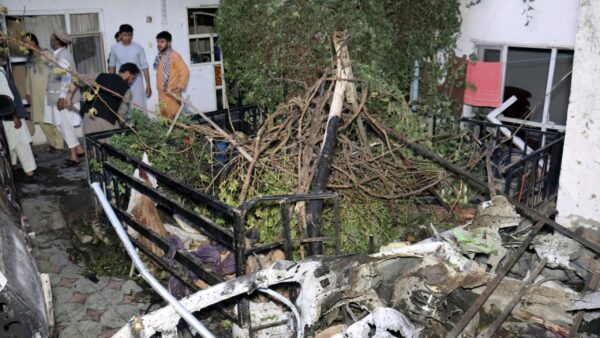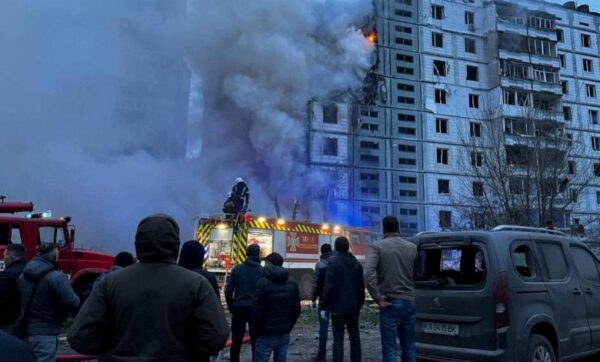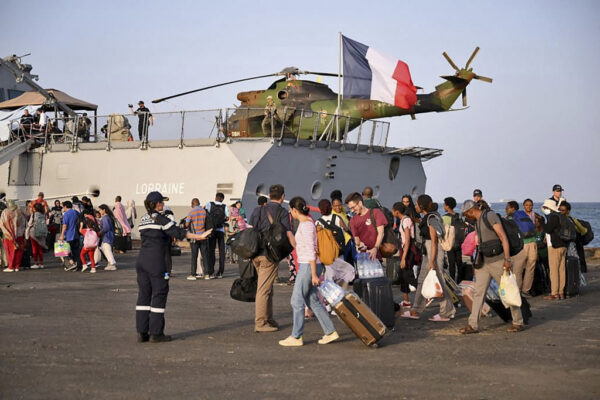
The US military on Friday acknowledged that the drone strike it administered in Kabul on August 29 was a “tragic mistake” and every one 10 persons killed were civilians, including seven children, and not one among them had anything to try to to with the terrorist organization Islamic State-Khorasan (IS-K) as had been claimed earlier.
It was a most profound reversal of the Pentagon’s earlier description of the drone strike in Kabul, which was touted as a successful operation that presaged the over-the-horizon counterterrorism capability that President Joe Biden said the US will have in Afghanistan after the pull-out.
Chairman of the Joint Chiefs of Staff of staff General Mark Milley had called it a “righteous” strike.
Turns out, because the ny Times summed it up, “Almost everything senior defence officials asserted within the hours, then days, then weeks after the August 29 drone strike clothed to be false.”
General Kenneth F McKenzie Jr, commander of the US Central Command that administered the Kabul drone strike, acknowledged it unequivocally. “Our investigation now concludes that the strike was a tragic mistake,” he said at a news briefing. “This strike certainly didn’t come up to our standards, and that i profoundly regret it.”
The general said the US is considering ex-gratia payments to the victims and, going forward strikes in Afghanistan “will be under a better standard”.
Asked if the blundered drone strike cast doubts on the over-the-horizon counterterrorism strategy – strikes administered from outside Afghanistan, the American general said, “Let me be clear this was a self defence strike taken under self defence rules and engagement supported an imminent threat to attack us. that’s not the way we might strike in an OTH (over the horizon) mission going into Afghanistan against ISIS-K targets, the one thing which will not be a self defence strike. It’ll be done under different – it’ll vary – done under different rules of engagement, so – and we’ll have tons more opportunity probably than we had under this extreme time pressure to require a glance at the target.”
The US military had earlier described the drone strike target in Kabul as an IS-K leader who was driving an explosives-laden car to the Hamid Karzai International Airport for a surprise attack because the Americans and other countries were evacuating personnel and Afghan allies after the autumn of Kabul.
After the August 26 terrorist strike at the airport that killed quite 170 Afghans and 13 American troops, the US was on heightened alert for more of those attacks. there have been intelligence reports that were widely cited, including by President Biden, of an “imminent threat”.
The August 29 strike should be considered within the light of the Kabul airport attack, the overall said going into the method that led to the tragic incident, including the intelligence warning repeatedly of an “imminent threat”. the overall went on to detail the movements of the car – a Toyota Corolla – stretching over hours before the strike from video recordings that showed its many stops. The vehicle picked up bags and packages at these stops, and other people . “One of the foremost recurring aspects of the intelligence was that ISIS-K would utilise a white Toyota Corolla as a key element within the next attack,” General Kenneth F McKenzie Jr said.
Zemari Ahmadi, the driving force of the car was a long-time worker for a US aid group, and had nothing to try to to with the Islamic State, consistent with multiple US media reports.









